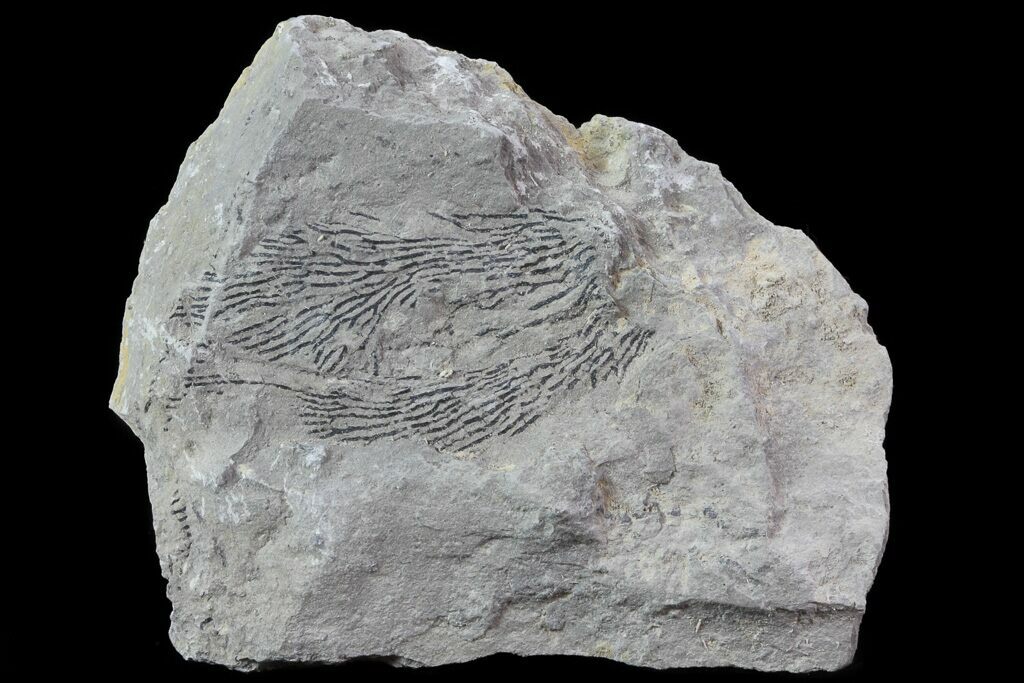

The paleobiogeographic differentiation of both regions has been based on few, but usually extremely common faunal elements, masking the presence of important biostratigraphic marker species. The faunal differences between western Newfoundland and Scandinavia are less pronounced than hitherto assumed, and many faunal elements can now be recognized in both regions, allowing for a more precise biostratigraphic correlation. The characteristic, but poorly correlatable, shallow-water endemic faunas of the platform regions (Atlantic and Pacific faunal realms) grade into the cosmopolitan oceanic graptolite faunas (isograptid biofacies) and provide a means to precisely correlate cold-water and warm-water endemic graptolite faunas through transitional zones. The Nicholsonograptus fasciculatus and Pterograptus elegans biozones are introduced for the Table Head and Goose Tickle groups and can be recognized widely in North America. Detailed investigation of a number of sections in the Table Head and Goose Tickle groups in western Newfoundland and the Elnes Formation of Norway provides important new faunal data for the interval from the Holmograptus lentus Biozone to the Dicellograptus vagus Biozone.


Ordovician graptolite faunal compositions between the Laurentia and Baltica margins of the Iapetus Ocean differ considerably in the upper Darriwilian (Da 3 - Da 4 upper Middle Ordovician). Important examples include the origination of axonophorans in deep, offshore environments from isograptid and pseudisograptid ancestors and their subsequent migration into shallow water regions the replacement of the Diplograptina by Neograptina in the low palaeolatitudes during the Late Ordovician extinction event and the origination of expansograptids in the ‘Atlantic’ Province as shallow water endemics followed by their worldwide dispersal into the oceanic biofacies. Biogeography also played a critical role in the evolutionary history of graptoloids. Hence, it may be that both depth and surface temperature play an important role in biogeographical differentiation. It is likely that the some of the physical and chemical oceanic factors that vary with latitude may also vary in a similar way along an onshore to offshore transect. Two competing models have emerged: a surface water temperature model and a depth stratification model. Subsequent workers have generally accepted this pattern of graptolite distribution, but the controls on this pattern have been the subject of considerable debate. Skevington recognized two major faunal provinces, the high to mid palaeolatitude ‘Atlantic Province’ and the low-palaeolatitude ‘Pacific Province’. Graptolite faunas exhibited strong biogeographical differentiation during the Early Palaeozoic, particularly in the Ordovician.


 0 kommentar(er)
0 kommentar(er)
